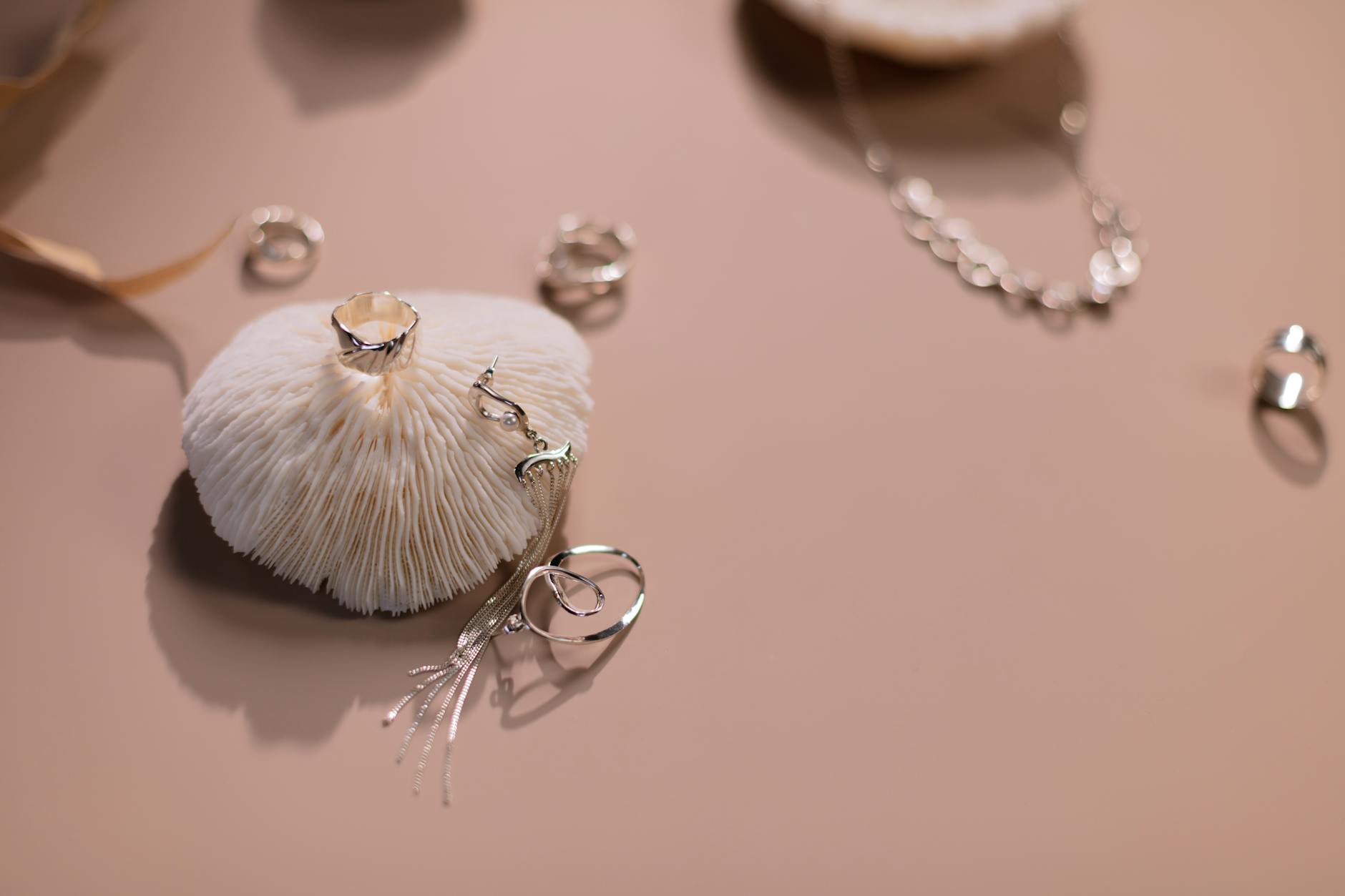How to Enjoy Australia’s Beaches with Reef-Safe Sun Protection

Introduction to Reef-Safe Sunscreen
Amidst the vibrant beauty of Byron Bay, where the Cape Byron Lighthouse stands proudly guiding ships at sea, the topic of reef-safe sunscreen emerges as a crucial ecological concern. As someone who enjoys the sun and surf, I’m well aware of the impact our choices have on the environment, particularly the marine ecosystems natural sunscreen seeks to protect. So, what exactly makes a sunscreen reef-safe, and why should eco-conscious travelers like us care?
What Makes Sunscreen Reef-Safe
Reef-safe sunscreen is crafted to be biodegradable, ensuring it breaks down naturally without leaving harmful residues in the ocean. Unlike conventional sunscreens, these formulations are free from chemicals like oxybenzone and octinoxate, known to contribute to coral bleaching. This makes reef-safe options a preferred choice for those of us aiming to safeguard our favourite spots around Byron Bay.
Environmental Impact of Chemicals
The sunny shores invite an array of outdoor activities, but the chemicals washed off into the sea can be detrimental to marine life. Traditional sunscreen ingredients disrupt coral growth and marine biodiversity, making natural alternatives not just a personal but a planetary necessity. With more awareness, visitors to Wategos Beach can help preserve its pristine beauty by choosing products that contribute positively to the environment.
Identifying Key Ingredients
Look for labels like "non-nano zinc oxide" or "titanium dioxide," both considered safe for coral reefs. As you stroll through local markets or peruse online retailers, check for certifications indicating reef-safe compliance. These choices matter, transforming each beach day into an opportunity for conservation and sustainable interaction with nature.
Benefits of Reef-Safe Products
Protecting Marine Ecosystems
When one stands at the majestic Cape Byron Lighthouse and gazes over the ocean, the importance of protecting our marine environments becomes abundantly clear. Using reef-safe products, like kids sunscreen, can play a vital role in safeguarding the delicate ecosystems we cherish so deeply. Traditional sunscreen ingredients, such as oxybenzone and octinoxate, have been found to cause coral bleaching and contribute to their decline. By switching to formulations free of harmful chemicals, we support the rejuvenation of these vibrant underwater worlds, ensuring they remain home to countless marine species.
Enhancing Personal Health
Choosing reef-safe sunscreen isn't just an eco-friendly decision; it also benefits our health. Many natural sunscreens are formulated with mineral-based ingredients like zinc oxide, which provide a physical barrier against harmful UV rays. These alternatives often contain fewer irritants and allergens, making them a safer choice for people with sensitive skin or allergies. By opting for such products, individuals can reduce their exposure to potentially hazardous chemicals found in conventional options.
Long-Term Environmental Effects
The ripple effect of choosing sustainable products extends beyond immediate personal and ecological benefits. By supporting reef-safe options, consumers advocate for a greener industry that prioritises the health of our planet. Encouraging sustainable practices helps reduce pollution and supports conservation efforts that ensure future generations can enjoy the beauty of places like the Byron Bay Hinterland. This commitment to preservation aligns with a broader movement toward sustainable travel and lifestyle choices.
Incorporating Reef-Safe Practices
Choosing the Right Sunscreen
Selecting the right sunscreen is essential for both skin protection and environmental conservation. When opting for a sunscreen, make sure it's reef safe sunscreen. These options skip harmful chemicals like oxybenzone and octinoxate, which are detrimental to marine life. Instead, they use minerals such as zinc oxide or titanium dioxide to block UV rays. While this might seem like a small change, it aligns perfectly with your eco-conscious values, ensuring you contribute to the long-term health of our beautiful oceans.
Applying Techniques for Full Protection
Proper application of reef-safe sunscreen can significantly boost its effectiveness. Aim to apply it 20 minutes before sun exposure, ensuring even coverage on areas often forgotten, like the ears and neck. Also, remember to reapply every two hours, especially after swimming or sweating. Though it may feel thicker than conventional options, this extra layer of protection is worth it when exploring the stunning Wategos Beach and other natural wonders in the Byron Bay hinterland.
Teaching Students About Sun Safety
As a dedicated educator, influencing the next generation is crucial. Teaching students about the importance of sun safety and choosing environmentally friendly products can make a difference. Incorporate interactive lessons about the dangers of UV exposure and the benefits of natural sunscreens. Encourage them to make sustainable choices, providing both immediate protection and fostering a lifelong mindset of caring for our fragile ecosystems.
Exploring Australia's Beaches
Australia's beaches offer a paradise for eco-conscious travelers, particularly those drawn to the tranquil beauty of Byron Bay. While sandy shores invite countless visitors, the allure of the Great Ocean Road in Victoria also beckons explorers. When visiting these destinations, it's essential to remain mindful of the environment to ensure that future generations continue to enjoy these natural wonders.
For those sunny days sprawled along the coast, investing in sustainable products like zinc sunscreen becomes crucial. Traditional sunscreens often contain harmful chemicals that threaten marine life, whereas zinc-based alternatives provide effective protection without compromising the integrity of ocean ecosystems. Not only do I use them to safeguard my skin, but I also recommend them to fellow beach lovers.
A day out in the sun wouldn't be complete without activities that harmonise with nature's rhythm. Swap out motorised water sports for paddleboarding or kayaking, which allow for a closer connection with the environment without leaving a carbon footprint. Joining local initiatives aimed at marine conservation in Byron Bay is also a fantastic way to give back. Participating in beach clean-ups or marine life monitoring provides fascinating insights into the coastal ecosystem.
As we enjoy these Australian treasures, remember the small steps we can take towards more sustainable travel, whether embracing eco-friendly products or engaging in conservation. Embodying this mindful traveller approach ensures the beaches remain as captivating as they are today.
Overcoming Sunscreen Obstacles
Debunking Misconceptions
As an eco-conscious traveler, I've noticed certain myths surrounding reef-safe sunscreen, and it's time to clarify them. Some believe that reef-safe options might not offer enough protection within the sun-drenched expanse of Cape Byron Lighthouse. However, that's a misconception. These sunscreens are formulated not only to shield your skin from harmful UV rays but also to nurture our planet’s most delicate ecosystems. Look for mineral-based sunscreens with zinc oxide or titanium dioxide, steering clear of toxic chemicals that could harm the vibrant marine life thriving around Wategos Beach.
Balancing Sustainability and Convenience
Young professionals often juggle busy schedules, which is why incorporating sustainable habits, like using reef-safe sunscreen, needs to be simple and convenient. Opt for products in recyclable or reusable packaging to reduce waste—it's a little step that makes a big impact when exploring the serene trails of the Byron Bay Hinterland. Keep your eco-conscious kit light and travel-sized for weekend getaways, ensuring you're both responsible and ready to embrace nature’s wonders without missing a beat.
Essential Tips for Beach Safety and Sustainability
Navigating the challenges of beach safety and sustainability requires a proactive approach. Remember that applying sunscreen 15 minutes before heading out is crucial for maximal effectiveness. Reapply every two hours, especially after swimming or sweating under the radiant Aussie sun. If you're uncertain about specific chemicals, reach out to local conservation groups or eco-friendly travel forums to stay informed. Let’s ensure that our footprints—both literal and metaphorical—on Australia’s pristine beaches are light, respectful, and inspiring for others to follow.


